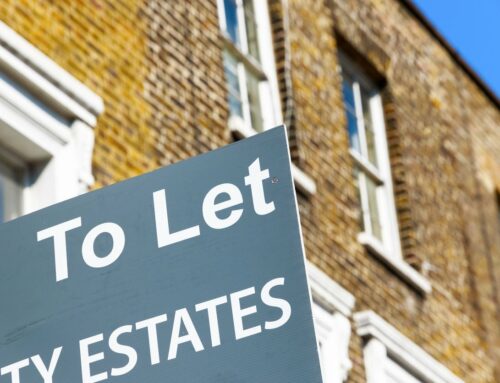Home » Uncategorised »
Commuters Faced with Double Blow of Rent and Rail Fare Hikes
This article is an external press release originally published on the Landlord News website, which has now been migrated to the Just Landlords blog.

In a week that saw rail fares rise by an average of 3.6% across the UK – the greatest increase since 2013 – Landbay’s Rental Index reveals that commuters in almost half of London’s most popular commuter towns face a greater overall financial burden from growing rents than from rail fares.
Of the capital’s 40 commuter belt hotspots – all found in the East or South East of England – 17 are being hit with a double blow, with extra annual expenditure on rail fares surpassed by spending on higher rent prices.
Average rents in these 17 towns rose by £183 (1.68%) in the year to December 2017, while rail fares have jumped by an average of £142 (3.6%). Combining annual rent and rail fare increases, the average commuter in these areas is facing a total additional outlay of £325 per year.
Cambridge and Brighton have experienced the greatest monetary rise in rents – £228 (2.06%) and £202 (1.58%) respectively – as rail fares grew by £172 and £163.
A further six towns in London’s commuter belt saw average rents rise by more than 1% in 2017 – double that of the UK average. Luton, Hastings, Basingstoke, Ashford, Canterbury and Horsham have witnessed average rental growth of £146 – almost as much as the average £166 increase in rail fares.
Commuters living in Guildford, Reigate and Woking, which all saw rents drop by £127 (-0.73%) in 2017, will be saving enough to offset the rail fare hikes of £126, £99 and £113 respectively. Those in Aylesbury and High Wycombe (-£43) and Slough (-£4) have also made rent savings, but hardly enough to chip away at the £141, £124 and £91 increases to rail fares.
There are now signs that demand for low-rent housing by long-distance commuters to London is pushing up prices in these areas. 31 of the 40 most popular commuter routes have seen rents rise by more than the UK average of 0.56% over the past 12 months, and by as much as 2.15% in Southend-on-Sea and 2.06% in Cambridgeshire. Only Slough (-0.04%), Buckinghamshire (-0.31%) and Surrey (-0.73%) have experienced average rent declines, while Reading (0.03%) and Bracknell Forest (0.05%) have recorded sub-average growth. This is in stark contrast to London, where they dropped by 0.80% in 2017.
Nevertheless, with rents in the capital averaging £1,872 per month, they remain more than twice the £765 average across the rest of England.
John Goodall, the CEO and Founder of Landbay, comments on the findings: “Commuters have seen their season ticket prices rise by more than £100 this week – the vast majority of whom are also looking at a double whammy of rent rises driven by greater tenant demand. At a time when rents in the capital are falling, some may even be considering a move into London, to be done with the train commute altogether.
“With inflation riding so high, rail fare growth shows no sign of slowing and, without a radical housebuilding plan for purchase, as well as purpose-built rental properties, rental price growth is expected to accelerate this year as well.”




